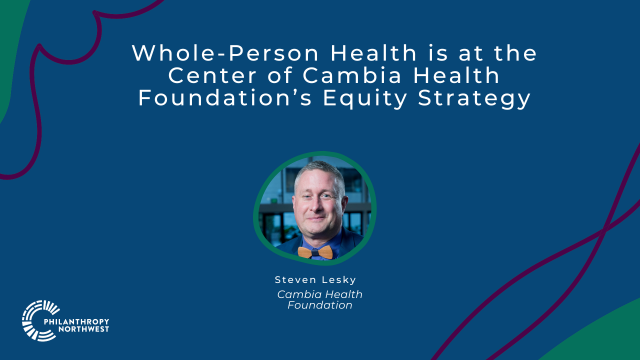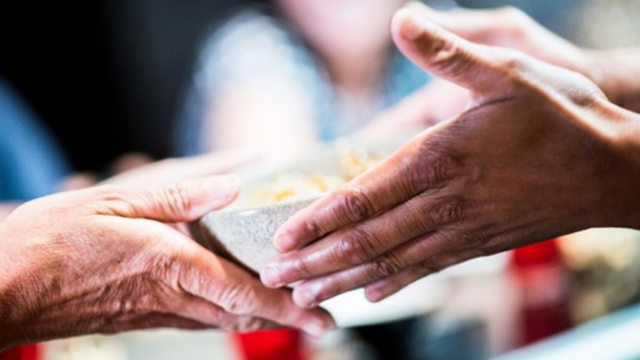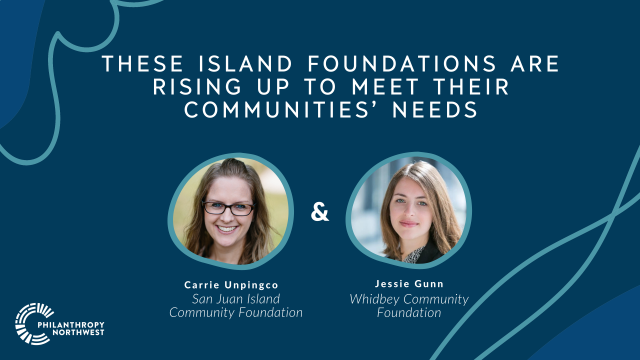
Gloris Estrella, Program Associate
October marks my fourth month at Philanthropy Northwest. Working to put together the Washington Community Foundations Convening and Local Matters: Washington has taught me so much about our sector. Along the way, I've especially enjoyed interacting with the women in leadership roles in our network and discussing how funders can address inequities faced by women in our communities.
Nonprofits working in the developing world have been making this case for years, and it's also true for women at home: When we invest in women, we invest in entire communities. Our recent program with Women's Funding Alliance, discussing a new report on The Status of Women in Washington, revealed opportunities to improve not just the status of women and girls in our state, but also the status of our children, families, racial and ethnic minorities, employers, colleges and governing bodies.
Though I was not surprised by data presented in the program, it struck me that Hispanic women have the lowest median annual earnings — $27,000 — among women in Washington and the United States. I was also surprised that the public sector is not immune to the wage gap issues faced by other sectors, and that at the rate we're going, Washington won't reach equal pay for women until 2071.
Other points that stood out for me and my colleagues:
- Average cost of child care per year in Washington: $12,332
- Average cost of college tuition per year in Washington: $10,811
- At every level of education, from less than a high school diploma up to a graduate degree, men earn more than women — sometimes, more than women who have attained the next-highest level.
- Voting registration and turnout is good among women in Washington, but we rank fifth in terms of political representation; we used to be #1. Why did we drop? Likely due to the 2000 Republican push to take over the state legislature, and as the economy began to tank, it may not have been feasible for primary caregivers to work part-time to be in political positions.
The report concludes with 21 recommendations to a variety of audiences: employers, policymakers, program providers, philanthropic organizations and advocates. (The Status of Women in Washington, pp. 21-22.) Two that stood out for me were for funders to “make investments with a gender lens" and “encourage partnerships and collaborations among policymakers, thought leaders, advocates and other stakeholders” to collectively find solutions. I personally believe that would be the best way to address root causes of the wage gap issue faced by many women around the United States.
Next week, my colleagues and I will be attending Women's Funding Alliance's annual AMPLIFY breakfast, where I look forward to networking with other people who support progress for women and girls and making cross-sector connections. After that, I'll be busy putting the finishing touches on the Washington Community Foundations Convening, November 2-3, and Local Matters: Washington, November 3-4. Attendance for both events includes female leaders from the nonprofit, corporate and philanthropy sector, and the conversations are sure to include how addressing gender equity issues makes our communities stronger.
Gloris Estrella is a program associate in Philanthropy Northwest's learning network. She can be reached at gestrella@philanthropynw.org.


